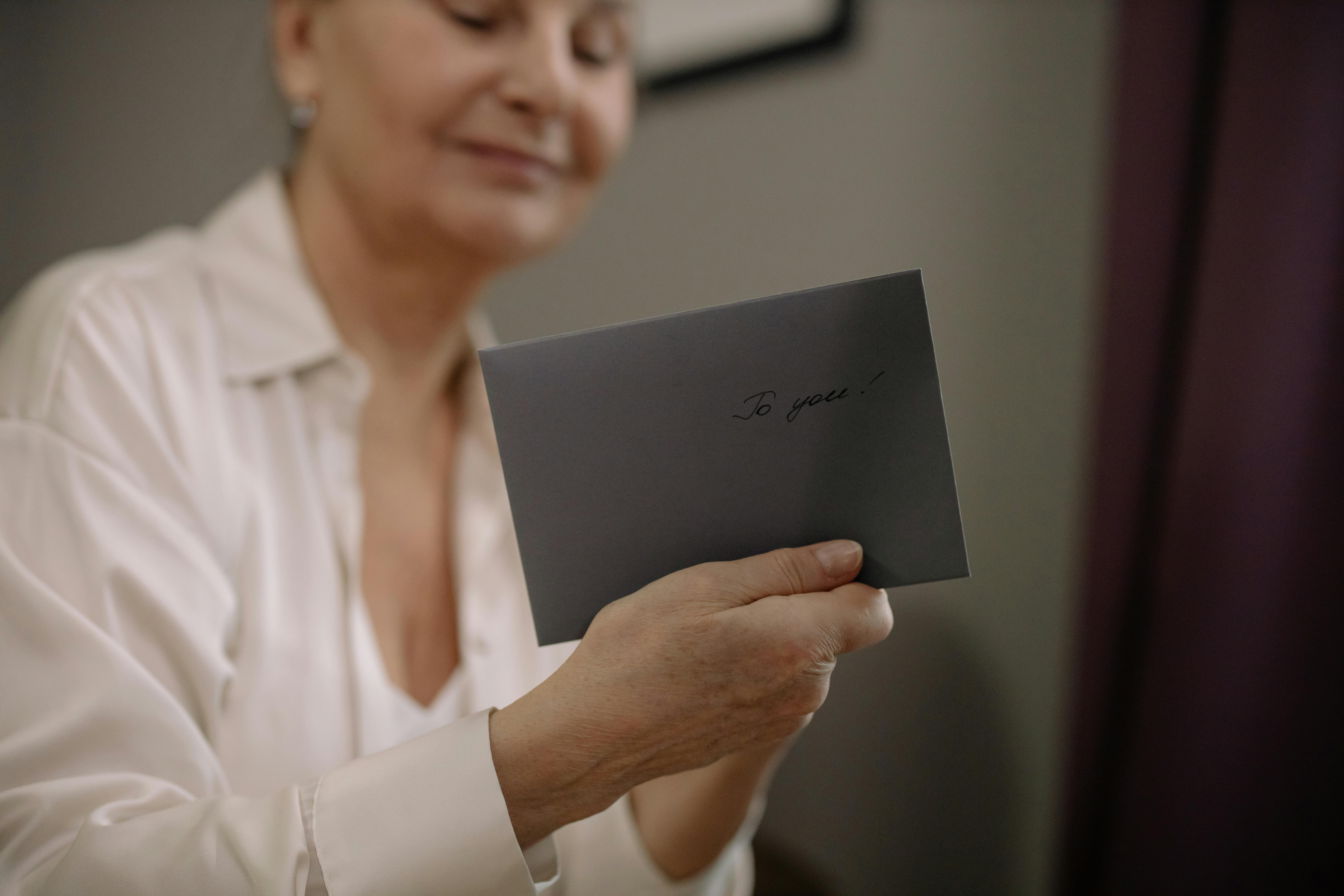The tribes of Ghana developed a wide range of distinctive forms of clothing that became traditional expressions of their cultural identity. Costume designs were influenced by available materials and existing craft skills, as well as external influences such as the influx of Islam and Arab culture in the northern regions. However, the great diversity of styles did not extend to footwear. This was possibly due to the privilege of wearing shoes every day given to fetish chiefs and high priests, and the tendency of most common people to go barefoot.
In the Ashanti Empire, the king’s foot, the Asantehene, could not touch the ground. Consequently, the king was given large leather sandals with a single toe thong, similar to the now popular rubber beach sandals, but made with a stiff leather sole. The sole was significantly larger than the caliper’s foot, perhaps to magnify its stature or to ensure its immunity to contact with the ground. The sandals were painted black, but the top cover strap was often made from the same brightly colored Kente woven fabric that made up the king’s robe.
Not only in Ashanti, but also in the northern regions, it was a privilege of a chief to wear shoes. The northern chiefs also had the privilege of riding horses, so their footwear was turned into elegant soft leather riding boots. These, like the Ashanti sandals, would not have been a practical everyday use and too expensive for most people, so again most of the chief’s subjects went barefoot. Europeans who introduced soccer to West Africa in colonial times were surprised to find that it was played barefoot. Decades of barefoot farming had undoubtedly induced this resistance.
Chief Ashanti sandals are still made by local shoemakers and sold to tourists with tender feet. Buyers find that the sandals may be suitable for spending hours sitting in council on a real stool, but for walking in everyday business they are very uncomfortable, due to the stiff sole and abrasion from the rough leather strap between the toes. This could explain why, in addition to the high cost, most of the kings’ subjects who had active duties to perform, chose to go barefoot. However, when modern versions of the sandal became available in soft rubber, they became very popular and widely used. They were given a local name, ‘Kyale wate’, to describe the noise the flip-flops make when the wearer walks.
There was a time when road craftsmen made sandals out of old vehicle tires. They were almost as uncomfortable as the original boss sandal and went out of style when the soft rubber version was mass produced in Ghana at an affordable price. The rubber sandal is cheap, cool and comfortable enough to prevent the local market from being flooded with used items from abroad, as has happened with the clothing market and its ‘oboroni wawu’, the white man has died . Used shoes, as well as new ones, are still imported into Ghana, but the most common footwear, especially in rural areas, is still modeled after the traditional Ashanti sandal.
